We’ve all seen it before, scattered throughout cocktail menus and hanging out in the after-dinner drink section on wine lists, yet many of us are still wondering: What the hell is amaro? Meaning “bitter” in Italian, amari are herbal liqueurs from Italy that have a sweetly bitter flavor and sometimes syrup-like texture. With ABVs anywhere from 16% to 40%, amari can range from light and easy drinking to a strong, in-your-face meal finisher. Similar products are made in Germany and France but cannot be marketed as amaro. Amari (plural tense of the word) are created by macerating herbs, flowers, roots, and bark into neutral spirits or wine. They can be aged in cask, oak, or bottle. Amari are generally consumed neat as digestifs, though they’re certainly popping up in cocktail recipes all over the world. Intrigued by amaro but not sure where to start? Here are seven simple amari to kickstart your Italian digestif regimen:
Averna
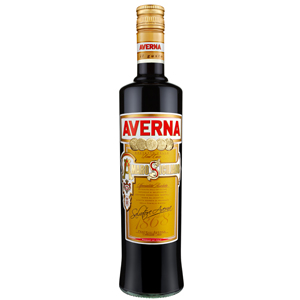 Amaro Averna was first produced by Salvatore Averna in 1868 in Caltanissetta, Sicily. This thick, full-bodied amaro is produced by allowing herbs, roots, and citrus rinds to soak in its base liquor prior to the addition of caramel. Sweet and herbal, it makes for the perfect after-dinner drink.
Amaro Averna was first produced by Salvatore Averna in 1868 in Caltanissetta, Sicily. This thick, full-bodied amaro is produced by allowing herbs, roots, and citrus rinds to soak in its base liquor prior to the addition of caramel. Sweet and herbal, it makes for the perfect after-dinner drink.
Braulio
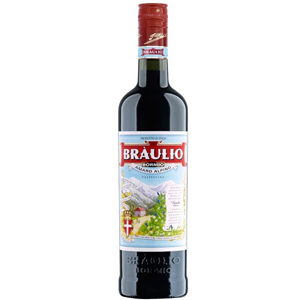 Created in the Alpine region of Valtellina in Lombardy, Amaro Braulio came to the scene in 1875. Francesco Peloni, an intelligent chemist with a strong understanding of medicinal herbs, infused local alpine herbs and roots to create this easy-sipping digestif. The amaro is aged in oak barrels for two years and presents a refreshing flavor profile of menthol and pine. Braulio clocks in at a low 21% ABV, making it a perfect gateway amaro for new digestif drinkers.
Created in the Alpine region of Valtellina in Lombardy, Amaro Braulio came to the scene in 1875. Francesco Peloni, an intelligent chemist with a strong understanding of medicinal herbs, infused local alpine herbs and roots to create this easy-sipping digestif. The amaro is aged in oak barrels for two years and presents a refreshing flavor profile of menthol and pine. Braulio clocks in at a low 21% ABV, making it a perfect gateway amaro for new digestif drinkers.
Nonino
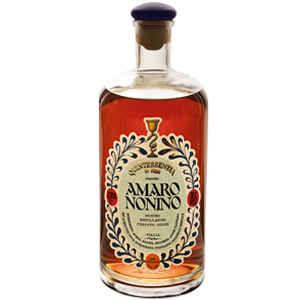 Amaro Nonino Quintessentia is produced in the Friuli region of northeastern Italy. This grappa-based amaro is infused with an array of roots and spices, including licorice, rhubarb, and tamarind, then aged for five years in oak barrels. At 35% ABV, Amaro Nonino is a bit less sweet, yet just as easy-drinking, as other amari.
Amaro Nonino Quintessentia is produced in the Friuli region of northeastern Italy. This grappa-based amaro is infused with an array of roots and spices, including licorice, rhubarb, and tamarind, then aged for five years in oak barrels. At 35% ABV, Amaro Nonino is a bit less sweet, yet just as easy-drinking, as other amari.
Montenegro
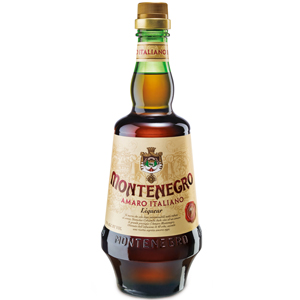 Amaro Montenegro finds its home in Bologna, Italy and is named after Princess Elena of Montenegro. Montenegro is extremely accessible and easy to drink, making it the perfect beginner’s amaro. With a low 23% ABV and gentle flavors of orange and rosewater, this easy-sipper is perfect for anyone hesitant about digestifs. Over 40 herbs are used in the production of each bottle!
Amaro Montenegro finds its home in Bologna, Italy and is named after Princess Elena of Montenegro. Montenegro is extremely accessible and easy to drink, making it the perfect beginner’s amaro. With a low 23% ABV and gentle flavors of orange and rosewater, this easy-sipper is perfect for anyone hesitant about digestifs. Over 40 herbs are used in the production of each bottle!
Lucano
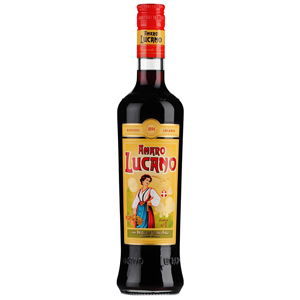 Amaro Lucano comes from a family-owned company in the Basilicata region of Italy. The blend comes from over 30 macerated herbs. Amaro Lucano was originally created in 1894; just six years later, in 1900, Lucano became the official amaro provider for the House of Savoy. Its coat of arms remains on the label today. At 28% ABV, the amaro is light, bittersweet, and smooth. Best served with orange zest.
Amaro Lucano comes from a family-owned company in the Basilicata region of Italy. The blend comes from over 30 macerated herbs. Amaro Lucano was originally created in 1894; just six years later, in 1900, Lucano became the official amaro provider for the House of Savoy. Its coat of arms remains on the label today. At 28% ABV, the amaro is light, bittersweet, and smooth. Best served with orange zest.
Branca Menta
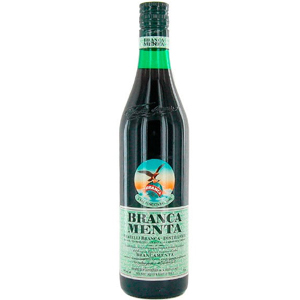 For mint lovers everywhere, Branca Menta is your perfect amaro. Created by Fernet Branca in the 1960s, this intensely minty beverage is produced in Milan and is comprised of herbs from five different continents. Mint essential oil plays a key factor in this refreshing, natural digestif, allowing smooth, mouth-coating flavors to soak your tastebuds — think of it like boozy after-dinner teeth-brushing, only more delicious.
For mint lovers everywhere, Branca Menta is your perfect amaro. Created by Fernet Branca in the 1960s, this intensely minty beverage is produced in Milan and is comprised of herbs from five different continents. Mint essential oil plays a key factor in this refreshing, natural digestif, allowing smooth, mouth-coating flavors to soak your tastebuds — think of it like boozy after-dinner teeth-brushing, only more delicious.
Cynar 70
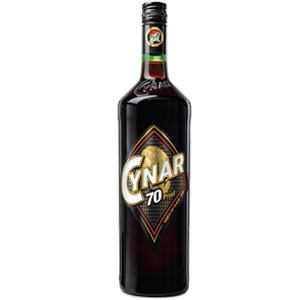 Cynar is named after cynarin, a property found in artichokes, and is created from an infusion of 13 herbs. At more than twice the ABV of the original Cynar, this 70 proof bottle is produced for intentional sipping, with its earthy, botanical flavors offering a smooth, refined palate. Pleasantly bittersweet, there’s no better way to end a big meal.
Cynar is named after cynarin, a property found in artichokes, and is created from an infusion of 13 herbs. At more than twice the ABV of the original Cynar, this 70 proof bottle is produced for intentional sipping, with its earthy, botanical flavors offering a smooth, refined palate. Pleasantly bittersweet, there’s no better way to end a big meal.
